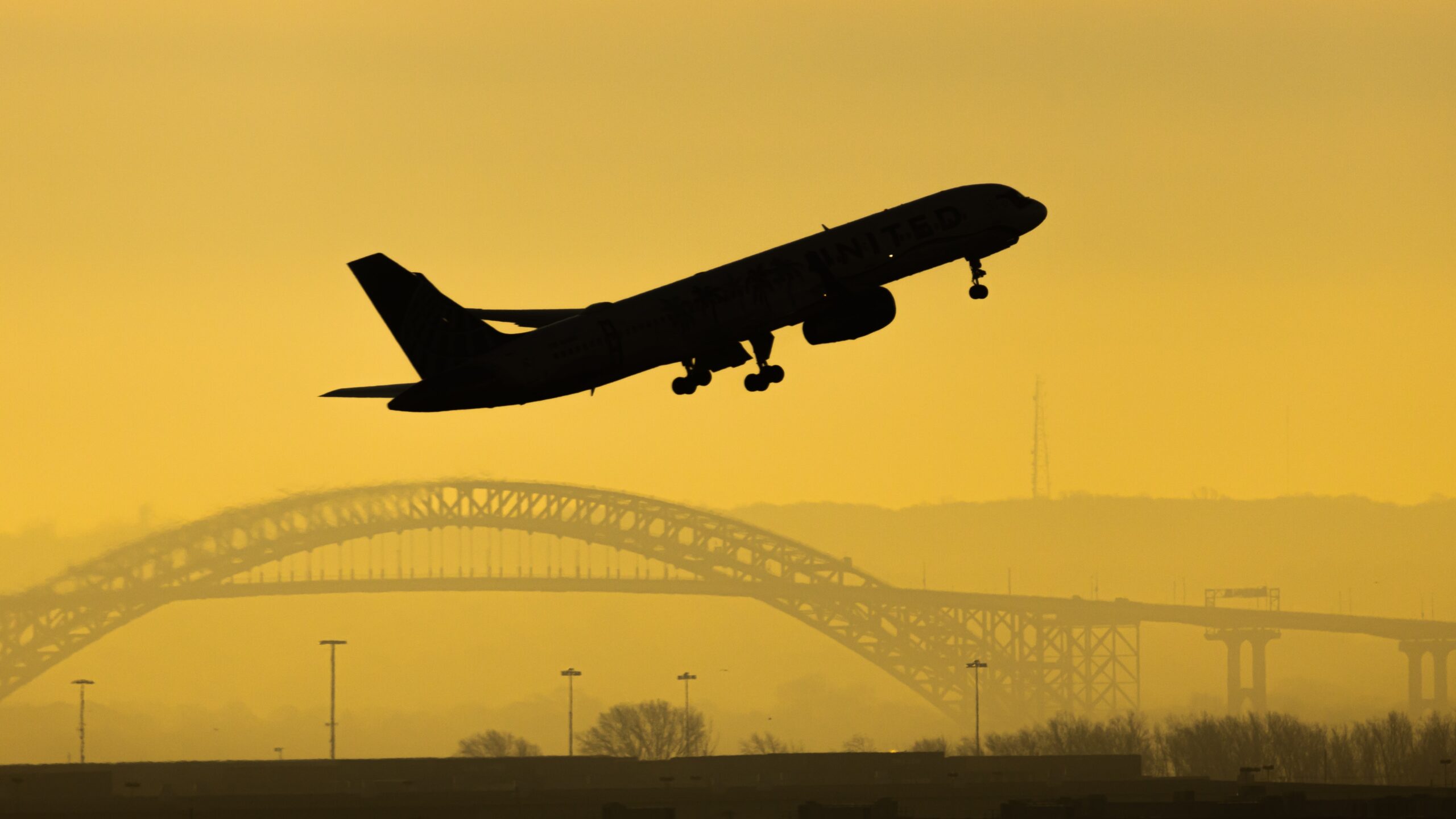Has the Aviation Sector Finally Escaped Its COVID Doldrums?

With a shortage of pilots, the airline industry is facing increasing pressure to limit flights.
Photo: Unsplash
As COVID restrictions wind down in many countries, will aviation start to take off once more? Travel numbers are rising, but the sector is facing pressure from a combination of a nervous public, the Ukraine no fly sanctions, pilot shortages and a need to somehow reach net zero in carbon emissions.
BRINK caught up with aviation expert William Swelbar, whom we spoke to back in August 2020 when the pandemic was in full swing, to find out the state of play.
SWELBAR: I’d love to say there’s an easy answer to the question of whether the industry is coming back, but it depends on the geography that your network serves. In the U.S., the domestic market and particularly the domestic leisure market at least in terms of total numbers, is 100% recovered.
But if you are American, Delta or United Airlines, where the business traveler and the international traveler represent a critical part of your business, then there’s still a long way to go. The COVID variants have kept businesses from returning to the office and, therefore, have kept employees off airplanes for the most part. I would expect Europe to come back fastest, Canada second, and the Asia Pacific region to come back slower.
The closure of the European air space to Russian aviation may not be that significant commercially on its own, but my concern is that it is yet another psychological impact that might cause some to delay their plans to fly to the region.
Airlines with a major presence in Eastern Europe have been pulling down service, and while so much is unknown at this point, any build back of service will result in less service than planned in 2022. Lufthansa and other major European airlines will be important to watch, as they will not return to the region until all is safe. In addition, the president announced in his State of the Union speech a ban on all Russian airlines over the United States.
Pilot Shortages Everywhere
BRINK: You look a lot at the regional travel patterns. What are you seeing there?
SWELBAR: When the U.S. government made financial assistance available to the U.S. carriers, those U.S. carriers who took the money were required to maintain flying with at least some frequency in the markets that they served pre-pandemic, but those requirements have expired. A real squeeze on the regional sector is now the headline as their skilled employees are being aggressively pursued by the larger airlines.
We’ve been talking about a pilot shortage in the United States since 2013, and for any variety of reasons and management decisions, the regional sector has found ways to fix itself along the way. Then, as the pandemic became reality, the industry began to offer early terminations and time off without pay.
Unfortunately, I think we are on a collision course where something has to give, and that’s likely going to be scheduled commercial air service to the smaller communities in the U.S.
Between the combination of early outs, pilots retiring at the statutory age of 65 and the airlines desire to add back a tremendous amount of capacity as vaccine availability occurred earlier than expected, the industry is now exposed to not having enough skilled pilots to fly the schedule the airlines would like to fly.
It takes two to four years to train a pilot. The pipeline is empty, and the demand is great. Unfortunately, I think we are on a collision course where something has to give, and that’s likely going to be scheduled commercial air service to the smaller communities in the U.S.
Today, it is the regional carriers and their skilled workforces that are being poached by the larger airlines. Tomorrow, it might very well be the ultra low-cost carriers or the new entrants who want to grow faster than others but might not be able to attract the pilots to fund that growth. Potential pilots are seeking more in terms of quality-of-life issues. Airlines are going to be pushed to create a different workday and offer a desirable career path. The downside with these potential changes will only make pilots less productive, which then equates to needing more pilots to do the same level of flying.
Ticket Prices Heading Higher
BRINK: And in the middle of all this, there’s obviously been a lot of pressure on flying to become more sustainable. Can you give a sense of whether there is a pathway for the sector to net zero?
SWELBAR: Through the pandemic, carriers had more time to think about that 2050 goal of net zero. The industry has ordered a lot of more fuel-efficient new airplanes, but airplanes and engine technology can only do so much.
Certainly, there is the possibility of green aviation fuels, but it’s hard to imagine that in the next 20 years enough alternative fuel can be produced to fill the tanks of all the aircraft around the globe. To imagine that the industry could get there in 20 years, a lot is going to have to happen.
BRINK: As carbon gets more taxed and regulated, the sector will have to pass that on to customers. Are they going to be willing to pay that?
SWELBAR: We’re going to test the upper bounds of ticket prices in several areas, especially at a time when the price of labor is going up. Airports are having a hard time finding people to work at a pre-pandemic wage.
There is tremendous competition between companies and industries for unskilled labor as well that will likely require a near doubling of wages to attract workers. Between the labor cost-push and capital expenditures being made, prices are likely headed higher.
Futures for oil are trading over $90 a barrel and likely headed to $100, so in the other significant cost area for an airline, another cost push is present. In the short-term, the industry will probably have to stay aggressive on price to get people back into the system and get them comfortable that it’s safe to fly again from a health perspective.








